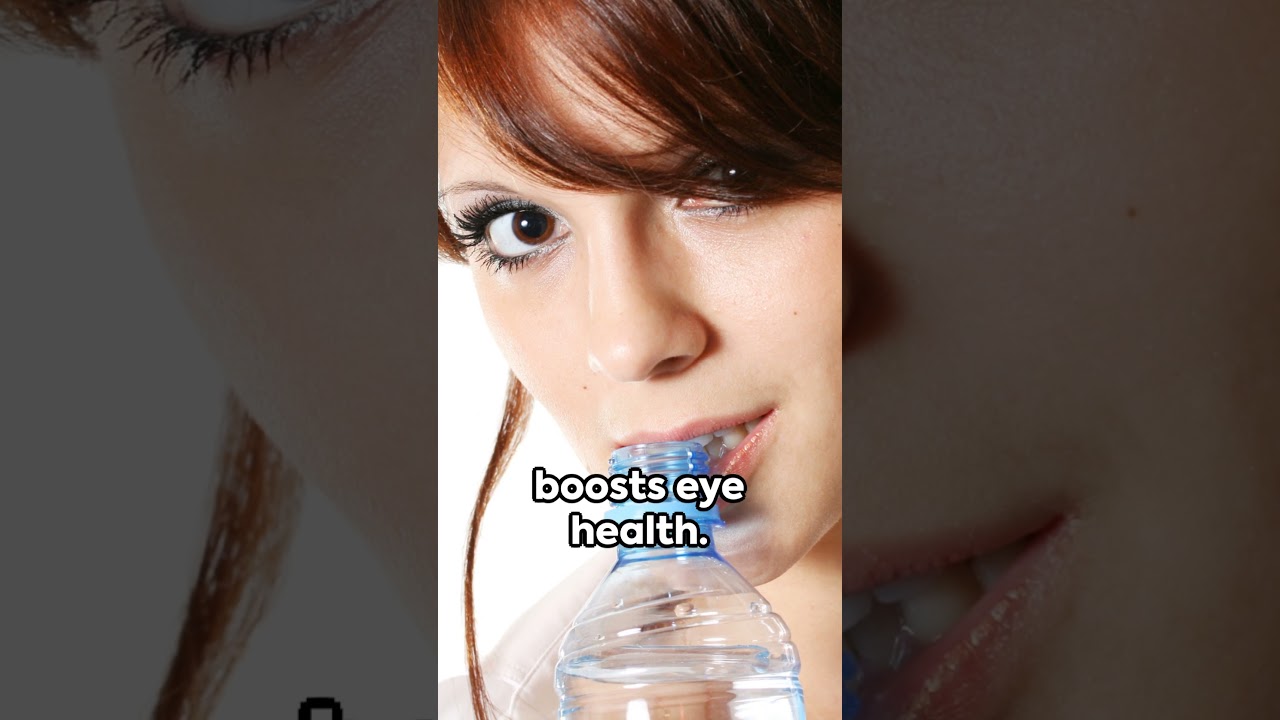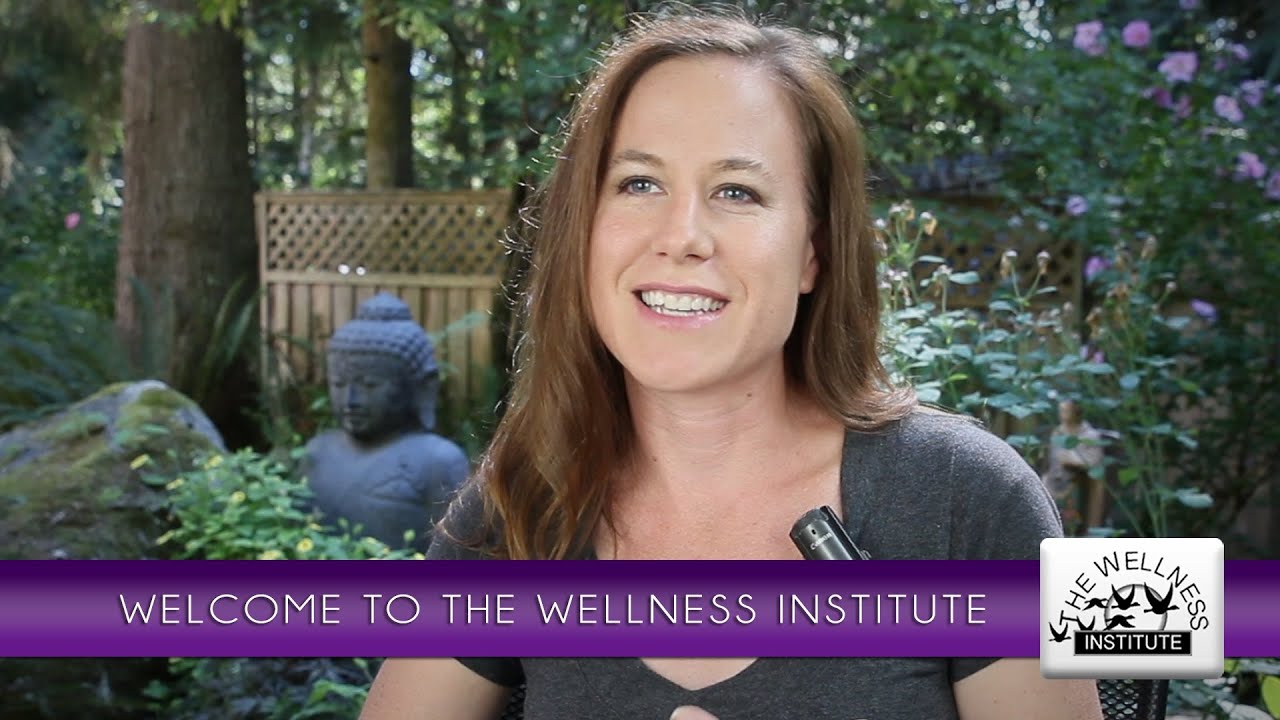Recently,
Dr. John McDougall wrote an incredible article regarding statin drugs entitled,
Who Should Take Cholesterol-lowering Statins? Everyone or No One? It is
an article that anyone with any type of heart problems or anyone taking statin
drugs should read. His website is www.drmcdougall,com
and to subscribe is free.
I
met Dr. McDougall back in the late 70s in Hawaii. His first and foremost
treatment recommended to his patients was a diet change to a starch-based
diet.
‘Should
cholesterol-lowering statins be added to our drinking water in order to prevent
atherosclerosis, like fluoride is added to prevent tooth decay?
Some
medical doctors and scientists have recommended this public health measure
because heart disease and strokes threaten the lives of more than half of all
people following the Western diet.
Apparently,
even healthy people are now being told to take statins, with recommendations that
over the age of 50, regardless of their health history, people should take
these medications daily.
In
my practice over the past decade I have limited my prescriptions for
cholesterol-lowering medications to people who are at high risk for future
troubles.
Unless
there is a contraindication, I have recommended statins to patients with a
history of heart surgery, heart disease, TIAs, or strokes, with a goal to take
a dosage sufficient to lower their blood cholesterol levels to 150 mg/dL (4
mmol/L) or less.
Furthermore,
based on the recommendations of the highly respected Cochrane Collaboration and others,
I have advised that otherwise healthy people, even those with high cholesterol,
not take cholesterol-lowering statins. Of course, I have strongly recommended
that everyone eat a healthy diet.
Statins
effectively lower blood cholesterol by inhibiting an enzyme (HMG-CoA reductase)
involved in the production of cholesterol in the liver. The cholesterol
numbers, revealed by simple blood tests, are dramatically reduced with this
commonly prescribed treatment.
Unfortunately,
the reduction in blood cholesterol translates into only very small improvements
in the health of the arteries, as seen by tiny (but statistically significant)
reductions in heart disease.
These
weak benefits can be appreciated in very sick
people who are at high risk for future health problems. This strategy is called secondary prevention.
They have already had a serious problem.
However,
the benefits from statins are very difficult to demonstrate in healthy people
because their risk of future troubles is very low, and remember I wrote, the
real-life benefits from statins are very small. This strategy is called primary prevention.
Nothing serious has happened, yet. Intervention is being recommended in hopes
of preventing a serious event in the future.
There
is an ongoing controversy as to whether or not statins should be more widely
prescribed. The doctors and scientists working for pharmaceutical companies
think they should be. But, consider the influence of money on their findings
and opinions. Annually, $37 billion is
spent on cholesterol-lowering medications worldwide.
The
most recent review (January 2013)
by the Cochrane Collaboration has concluded that there is, “…strong evidence to
support their use in people at low risk of cardiovascular disease.”
This is a reversal from
their previous conclusions, which recommended against such treatment for people
without a history of heart disease (for primary prevention).
As a result, I am changing the way I present
information to people on the use of statins.
For
practical purposes, choosing whether or not to take these kinds of medication
should be based on an understanding of the actual benefits and risks as
assessed by various experts.
Currently,
the data is based on the study of people who eat the Western diet. I believe
the benefits will be found to be far less in people who consume a starch-based
McDougall-type diet.
A recent analysis,
published in the medical journal, the Lancet, by
John Abramson, MD, a guest speaker at two previous McDougall Advanced Study
weekends, summarizes the effects of statin therapy: “Our analysis suggests that
lipid-lowering statins should not be prescribed for true primary prevention in
women of any age or for men older than 69 years. High-risk men aged 30–69 years
should be advised that about 50 patients need to be treated for 5 years to prevent
one event.
In
our experience, many men presented with this evidence do not choose to take a
statin, especially when informed of the potential benefits of lifestyle
modification on cardiovascular risk and overall health.”
Cholesterol-lowering
statin therapy is based on the observation that high cholesterol levels in a
person’s blood are associated with more heart attacks and stroke.
The organic substance cholesterol is found in large amounts in
all animal foods. When people eat meat, poultry, fish, eggs, and dairy products
their blood cholesterol levels rise.
The
rationale is that lowering these levels with medication will fix the problem.
As discussed above, the real-life benefits have been minimal. Not surprisingly,
this failure has led researchers to look into other mechanisms to explain how
eating animal products and other unhealthy foods cause artery damage.
|
Here is another practical way of looking at the benefits and risks of statin therapy. |
|
Benefits for those who took statins for 5 years: Primary prevention (without known heart disease): 98% saw no benefit 0% were helped by being saved from death 1.6% were helped by preventing a heart attack 0.4% were helped by preventing a stroke Secondary Prevention (with known heart disease): 96% saw no benefit 1.2% were helped by being saved from death 2.6% were helped by preventing a repeat heart attack 0.8% were helped by preventing a stroke Side effects include: 0.6% to 1.5% were harmed by developing diabetes, 10% were harmed by muscle damage. Provided by the “Number-Needed-to-Treat” (NNT) website, www.thennt.com. |
Antibiotics May Be the Next Blockbuster Drugs to Treat Heart
Disease
In
April of 2013, an article in Nature
Medicine and one in the New England
Journal of Medicine found that a diet of meat, dairy products,
and eggs caused damage to the arteries by increasing the production of
trimethylamine-N-oxide (TMAO).
Carnatine
and choline, found in these animal foods in
high concentrations, are metabolized by gut microbes (bacteria) into
trimethylamine (TMA), which in turn is absorbed into the bloodstream and then
metabolized by the liver into TMAO. This organic compound has been shown to
cause artery damage in animal experiments and is strongly associated with heart
disease in people.
Meat,
dairy products, eggs, and other animal foods favor the growth of bacteria that
readily convert carnatine and choline to TMA.
Vegans
and vegetarians grow few of these kinds of bacteria and as a result produce
very little artery-damaging TMAO.
This
research may lead to medical treatments, including the use of probiotics
(bacteria supplied in pills and fermented foods), medications to limit the
synthesis of trimethylamine from carnatine and choline, and/or antibiotics to
suppress specific TMA-producing bacteria in the intestine.
In all three pharmacologic approaches the
medications would need to be taken for a lifetime. Great profits will be
generated as a result, just like with statins.
Starches,
vegetables, and fruits are essentially cholesterol-free and discourage the
growth of intestinal bacteria that lead to the synthesis of artery-damaging
TMAO; and these foods contain very little carnatine and choline (the precursors
of TMAO). Unarguably,—whether blaming cholesterol, carnatine, choline, or
bad-bowel-bacteria—diseases of atherosclerosis (heart attacks, strokes, kidney
failure, etc.) are due to consuming meat, dairy products, and eggs.
Therefore
I recommend the McDougall Diet to prevent and treat heart and other artery
diseases. In other words, fix the problem.
Lack
of profit is the primary reason for lack of acceptance of this simple, safe
approach.
Consider that the most popular brand name
statin, Crestor, purchased at a discount pharmacy like Costco or CVS, costs
about $6 a day.
Comparatively,
a starch-based diet costs $3 a day for
all of the food (2500 calories).
The
rivers of profits from a drug-over-diet approach extend to the food and medical
industries. (Generic statins are much less expensive.)
Our
research shows that the cholesterol-lowering benefits of the McDougall Diet are
comparable to statins. We have analyzed the results of 1700 people who have
been through the McDougall residential program in Santa Rosa. In seven days
people starting with total cholesterol of 200 mg/dL or more experience a
reduction of 34.2 mg/dL on average. If the starting number is 240 mg/dL or
more, the average reduction is 42.1 mg/dL. (If LDL is initially 100 mg/dL or
greater, the average reduction is 21.1 mg/dL; if 160 mg/dL or greater, the
average reduction is 31.5 mg/dL.)
To
answer the question, “Who Should Take Cholesterol-lowering Statins? Everyone or
No One?” My response is slightly more complex than all or none.
The
decisions made primarily depend upon what a person chooses to eat. Eat meat,
dairy products, eggs, and other unhealthy foods and you may benefit from taking
statins (a little).
Eat
a starch-based McDougall Diet and any benefits from statins for an otherwise
healthy person vanish, and all that is left are side effects and costs.
However,
as a medical doctor trained in traditional drug therapy, I want to take
advantage of both worlds: diet and drugs.
For most patients with serious existing
disease, such as those with a history of heart surgery, heart disease, TIAs, or
stroke, in addition to my diet I recommend sufficient cholesterol-lowering
statin medications to lower their blood cholesterol to 150 mg/dL or less.
|
Commonly prescribed cholesterol-lowering statins: |
| atorvastatin (Lipitor and Torvast) fluvastatin (Lescol) lovastatin (Mevacor, Altocor, Altoprev) pitavastatin (Livalo, Pitava) pravastatin (Pravachol, Selektine, Lipostat) rosuvastatin (Crestor) simvastatin (Zocor, Lipex). Understand also that these medications need to be taken indefinitely. The blood cholesterol goes back up when they are stopped—unless, of course, the patient changes his or her diet. High dosages do not reduce the risk of death more than standard dosages (such as pravastatin 40 mg daily). High dosages do reduce the risk of non-fatal heart attacks compared to standard dosages. High dosages increase the risk of death in women compared to standard dosages and have more side effects for both men and women. Therefore, whenever possible, a standard dosage or lower is preferred. |
*I
reserve my right to change my opinion on medications and surgeries because the
foundations—the scientific research—for my recommendations are incomplete,
inaccurate, and constantly changing. However, in case you are wondering, my
advice on what you should eat (a starch-based diet) will not waiver because the
scientific underpinnings are rock solid”.
Aloha!
Sources:



